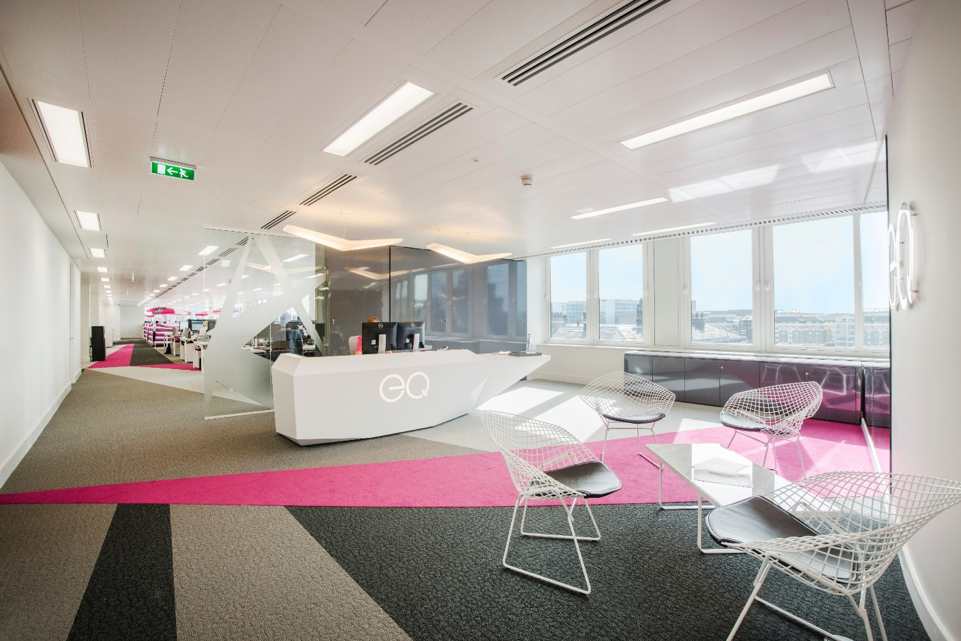Shaping Tomorrow's Retail: Next Generation Trends in Store Renovation

Within a constantly changing retail environment, remaining competitive with the competition needs beyond simply maintaining shelves stocked. Retail refurbishment has emerged a essential strategy for retailers seeking to refresh their tangible environments and enhance the shopping experience. Such efforts extends past mere appearance; it holds the potential to revitalize the brand, boost revenue, and synchronize your store with modern shopping trends. As consumer behaviors evolve and preferences change, understanding the right time and method for refurbishment is essential for achieving success.
Understanding what retail revamping entails and recognizing how important it is is the first step toward creating a engaging space that attracts and keeps clients. Whether it's by means of upgrading design, smart use of space, or adopting green initiatives, each refurbishment project provides an opportunity to reconceptualize your business and forge an unforgettable shopping journey. In this article, we will examine trends to watch in store renovation, providing insights into advantages, best practices, and innovative methods that can transform the store into a bustling center for customer engagement.
Comprehending Retail Renovation
Store renovation refers to the procedure of updating pre-existing retail spaces to augment their design attractiveness, operational efficiency, and overall client experience. This involves making strategic changes to the layout, style, and mood of a store to create an appealing space that not only draws prospective customers but also retains loyal ones. As retail trends evolve, businesses must modify their settings to stay current, making refurbishment a essential aspect of contemporary retail management.
The necessity for retail refurbishment often arises from shifting consumer preferences, progress in technology, or changes in market trends. A properly updated store can better align with current brand values and consumer expectations, functioning as a symbol of a company's loyalty to excellence and creativity. By upgrading the physical space, retailers can create a better shopping experience, prompting customers to spend more time and money in the store.
Pouring resources in retail refurbishment can bring considerable returns in multiple forms, including higher foot traffic, improved sales, and enhanced brand perception. However, the determination to refurbish should be informed by thorough analysis of market conditions and specific signs that suggest a need for change. Whether it is antiquated decor, inefficient layouts, or an unappealing space, identifying these factors can help retailers in developing impactful refurbishment projects that connect with their target audience.
Benefits and Best Practices

Retail refurbishment offers many benefits that can significantly impact a business's success. Retail Refurbishment Devon of the most remarkable benefits is the refreshing of the brand image, which lures new customers and retains existing ones. A carefully planned refurbishment can successfully communicate the brand's essence and values, leading to increased customer loyalty. Improved aesthetics, layout, and usability can create a more enjoyable shopping experience, ultimately driving increased sales and fostering a positive view of the brand.
To maximize the effectiveness of a retail refurbishment, it is crucial to adopt best practices throughout the process. This includes conducting thorough market research to understand customer preferences and trends. Engaging with customers for feedback on design concepts can provide valuable insights and ensure that the refurbishment aligns with their needs. Additionally, collaborating with professional designers and contractors who specialize in retail can result in cutting-edge and effective solutions that enhance the overall design and efficiency of the space.
Environmental responsibility is another essential consideration in retail refurbishment. Implementing eco-friendly materials and energy-efficient solutions not only supports environmental responsibility, but it can also attract eco-friendly consumers. Opting for sustainable practices can reduce long-term operational costs and strengthen the brand’s commitment to social responsibility. By embracing these recommended strategies, retailers can ensure that their refurbishment projects yield significant long-term benefits, both financially and in terms of customer delight.
Eco-friendliness in Store Renovation
Sustainability is becoming an important aspect of retail refurbishment as brands increasingly acknowledge their responsibility in protecting the environment. Sustainable practices during refurbishment not only help the planet but can also appeal well with shoppers who are more environmentally conscious than ever. By incorporating sustainable materials, energy-efficient systems, and waste-reduction strategies, retailers can create environments that reflect their dedication to the planet, thereby enhancing their brand image.
One effective way to ensure eco-friendliness in retail refurbishment is to use recyclable and sustainable materials. Choosing materials such as reclaimed wood, recycled metal, and sustainable textiles can significantly reduce the carbon footprint of the refurbishment process. Additionally, choosing energy-efficient lighting and HVAC systems not only helps create a more environmentally friendly situation but can lead to long-term cost savings on utility bills. These improvements position the store as a forward-thinking brand, attractive to customers who prioritize eco-friendly practices.
Furthermore, implementing creative design solutions that focus on sustainability can create a unique shopping experience. Features like living walls, energy-efficient display systems, and natural lighting can improve the look of the store while minimizing environmental impact. By aligning refurbishment efforts with sustainable principles, retailers can attract a broader audience, cultivate loyalty among environmentally aware consumers, and ultimately drive sales while helping the environment.
